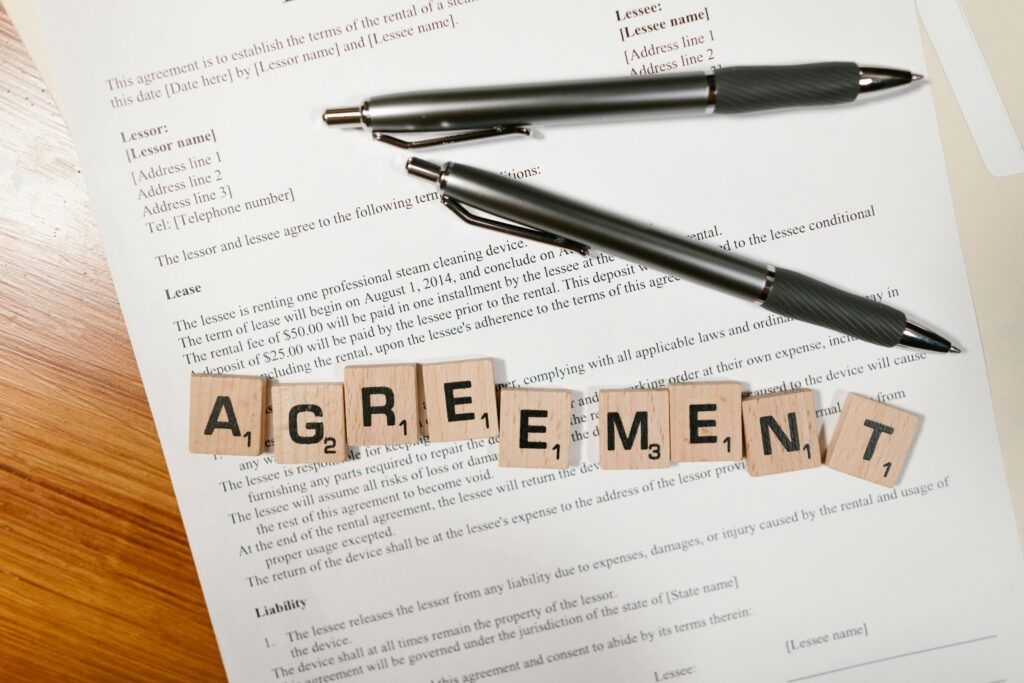If you’re preparing for the IELTS General Training exam, the Letter Writing Task (Writing Task 1) is your first opportunity to score high — but only if you understand tone, format, and purpose.
At LEAP Counsellors, we’ve helped hundreds of students master the art of IELTS letter writing using real strategies and sample responses. This guide covers everything you need to know to write a Band 7.0–8.5 letter — with tips, templates, vocabulary, and examples.
What is IELTS general writing task 1?
In IELTS General Writing Task 1, you’re required to write a letter of at least 150 words in response to a given situation. This could be:
- Making a request
- Giving information
- Making a complaint
- Expressing appreciation
- Explaining a problem
Your letter must be written in the appropriate tone: formal, semi-formal, or informal, depending on who you’re writing to.
What are the types of IELTS letters?
There are three major types of letters:
1. Formal Letter
- To someone you don’t know personally (e.g., company manager, government official).
- Use professional tone and formal expressions.
- Begin with: Dear Sir/Madam
2. Semi-formal Letter
- To someone you know in a professional context (e.g., your landlord, your boss).
- Tone is respectful but not overly formal.
- Begin with: Dear Mr. Smith or Dear Ms. Khan
3. Informal Letter
- To friends or family members.
- Use casual, friendly tone.
- Begin with: Dear John or Hi Sarah
IELTS letter structure (4-part format)
A well-organized IELTS letter should follow this 4-paragraph format:
Paragraph 1: Opening
- State the reason for writing (refer to the situation given).
- Match the tone with the recipient.
Paragraph 2: Main Idea 1
- Expand on the first bullet point in the prompt.
- Add specific details and examples.
Paragraph 3: Main Idea 2
- Address the second and third bullet points.
- Use clear, concise language.
Paragraph 4: Closing
- End with a suitable closing sentence and sign-off.
Common Sign-offs:
-
Formal: Yours faithfully / Yours sincerely
- Semi-formal: Best regards / Kind regards
- Informal: Cheers / All the best
Example IELTS letter task & sample answer
You recently moved to a new city and want to tell your friend about your move. Write a letter to your friend. In your letter:
- Explain why you moved
- Describe your new home
- Invite your friend to visit
Sample Informal Letter:
Dear Alex,
I hope this letter finds you well! I wanted to let you know that I’ve just moved to Islamabad last week — finally making the big move I’d been planning for months.
The main reason was my new job at a startup here. The opportunity was too good to pass up! I’m living in a cozy two-bedroom apartment near F-7, with plenty of cafés and parks around.
I’d love for you to visit — we could catch up and explore the Margalla Hills together. Let me know when you’re free.
All the best,
Mishal
Word count: 150+
Tone: Informal
Task response: Fully addressed
Vocabulary by Tone
Formal:
- I am writing to inform you…
- I would like to request…
- I regret to inform you…
Semi-formal:
- I hope this message finds you well.
- I would be grateful if…
- Please let me know…
Informal:
- Just wanted to drop you a note…
- Can’t wait to tell you…
- Hope you’re doing great!
Common mistakes in IELTS letter writing
- Using the wrong tone (e.g., informal tone in a formal letter)
- Ignoring the bullet points in the prompt
- Using slang in formal or semi-formal letters
- Forgetting to paragraph or sign off
IELTS letter band descriptors (what examiners look for)
| Criterion | Description |
| Task Achievement | Did you answer all parts of the prompt with sufficient detail? |
| Coherence & Cohesion | Is your letter logically organized with clear progression? |
| Lexical Resource | Do you use appropriate vocabulary and expressions for the tone? |
| Grammatical Range & Accuracy | Are you using sentence variety and correct grammar consistently? |
Frequently Asked Questions (FAQs)
How long should my IELTS letter be?
At least 150 words, but 160–180 is ideal.
Can I use contractions?
Only in informal letters (e.g., “I’ve”, “we’ll”). Avoid in formal writing.
Should I write the address?
No — you do not need to include addresses in IELTS letters.
How do I identify the correct tone?
Look at who you’re writing to:
- Stranger or institution? ➝ Formal
- Someone professional you know? ➝ Semi-formal
- Friend/family? ➝ Informal

Final IELTS letter writing tips from LEAP
- Use sample prompts to practice every tone.
- Memorize flexible opening and closing phrases.
- Use variety in sentence types (compound, complex).
- Get real-time feedback from an IELTS mentor.
Ready to master IELTS letter writing?
At LEAP Counsellors, we offer:
- Personalized feedback on IELTS writing tasks
- One-on-one coaching tailored to your target band
- Formal vs. informal letter writing practice
- Timed writing simulations with scoring
Book your free diagnostic writing session with Mishal Iftikhar today and take your first confident step toward a Band 8+ score.
Mishal Iftikhar
Learning & Development Specialist
CEO at LEAP

